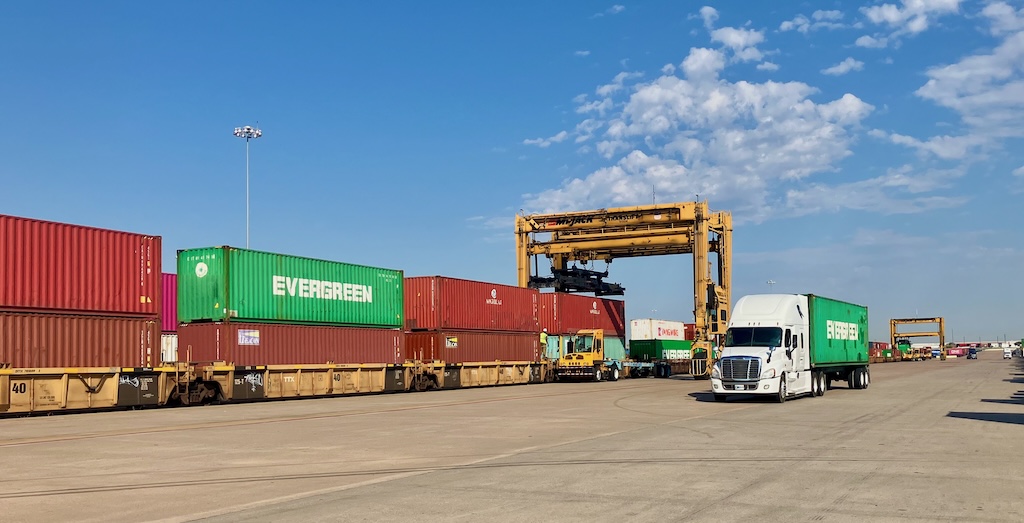
HUTCHINS, Texas — Inside a spartan warehouse the size of 10 football fields, the loud hum of plastic pellet packaging machinery may as well be the sound of carload and intermodal growth on Union Pacific.
UP gathers covered hopper loads from Gulf Coast petrochemical plants and delivers them here, to the Katoen Natie packaging plant on the outskirts of Dallas. Each of KTN’s two automated packaging lines can empty the contents of a covered hopper, stuff 55-pound bags with pellets, and stack the bags on pallets in just 90 minutes. At full tilt, the facility can handle 16 covered hoppers a day.
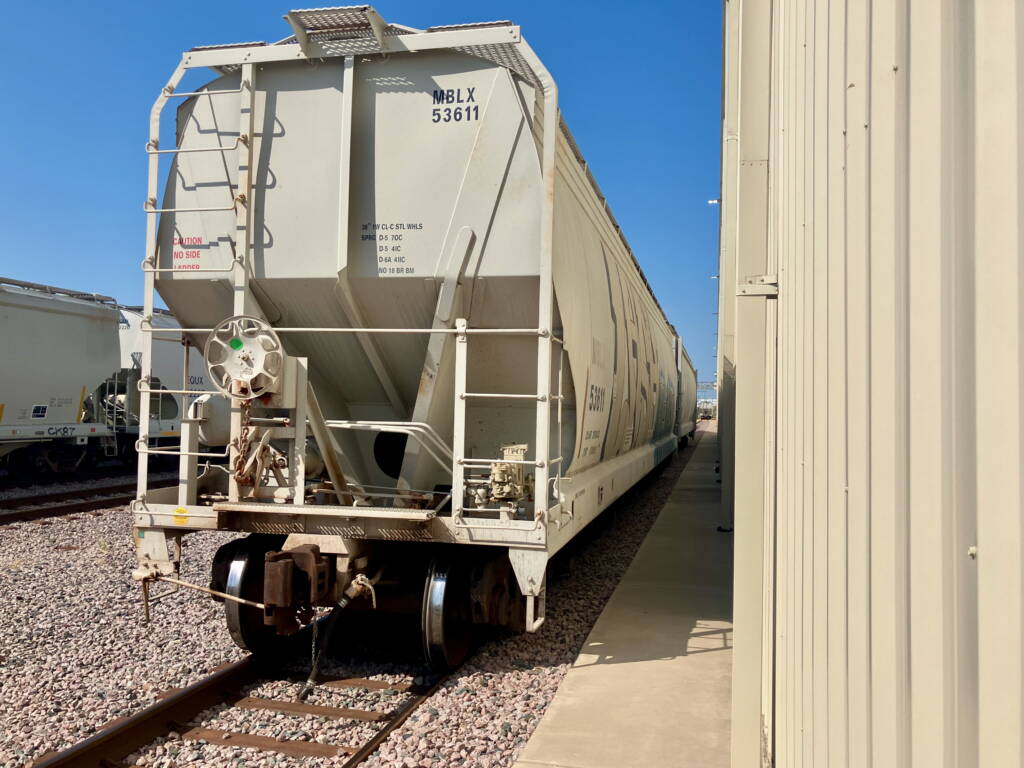
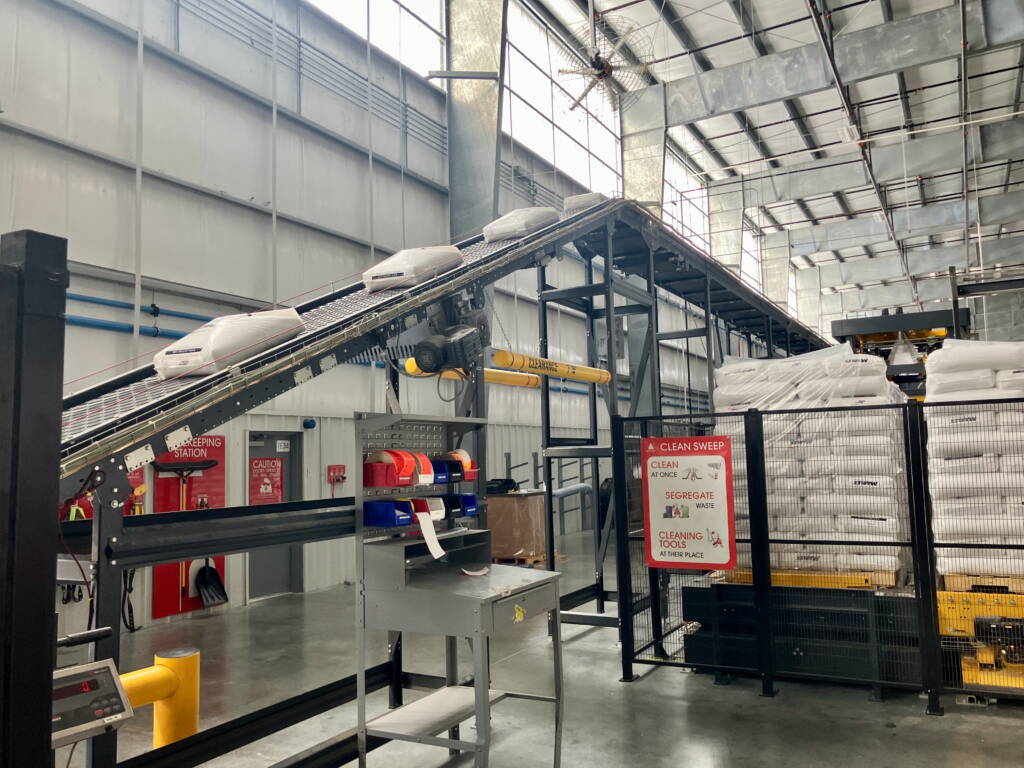
At the opposite side of the warehouse, the pallets are loaded into 60 or so Evergreen and CAI international containers per day. The boxes — filled with 1.75 more metric tons than is allowed on public highways — then make the 2.5-mile trip to UP’s adjacent Dallas Intermodal Terminal via roundabout private roadways. From there, they’ll catch the daily stack train IDILB to the ports of Los Angeles and Long Beach, where they’ll be hoisted on ships bound for Asia.
The KTN plant, part of UP’s Dallas to Dock pellet export program that takes advantage of the surplus of empty international boxes in the Dallas-Fort Worth Metroplex, has handled 2 billion pounds of pellets since opening in 2018. The facility has been expanded once and is but one of the gems in UP’s crown jewel: Gulf Coast petrochemical traffic that has ballooned 35% since 2017.
And the KTN facility is just one of a growing number of rail-served customers at the 3,000-acre Prime Pointe logistics park. Among them: A Chick Fil-A distribution center that opened this year and receives inbound reefer loads of frozen french fries. A Walmart cold storage facility and grocery distribution center that opened last year. An Ollie’s Bargain Outlet distribution center that opened in 2019. Warehouses for lumber, plumbing, and packaging companies. And a Constellation Brands distribution center that receives 60 boxcars per day of beer produced at its brewery in Nava, Mexico, and crosses into the U.S. via the Eagle Pass, Texas, gateway.
Union Pacific showed off the Dallas facilities last month as part of a media event that included executive presentations and interviews aboard the railroad’s Heartland of America Tour train pulled by Big Boy 4-8-8-4 No. 4014.
A simple strategy
Some analysts have questioned a lack of specifics that Union Pacific has provided around its growth strategy of Safety + Service and Operational Excellence. That’s by design, CEO Jim Vena said aboard the City of Denver dining car.
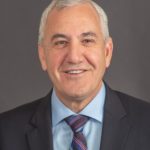
“You need to have a simple strategy that everybody understands,” he explains as the train rolls north toward Fort Worth on the Fort Worth Subdivision.
Just don’t call UP a Precision Scheduled Railroad. “If you want a Precision Scheduled Railroad, you might want to go to Japan,” Vena says, pointing to the country’s punctual Shinkansen bullet trains.
“It’s going to leave at 9:01 in the morning and if you’re there at 9:02, that train is gone. You’re going to catch another one. They don’t fool around,” Vena says. “That’s not what we do as a freight railroad.”
What UP aims to do, he says, is provide the level of service that it sold its customers. Parcel customers like UPS want speed and reliability. Last year, UP had a perfect peak holiday season for UPS shipments and is aiming for a repeat this year. Other customers want consistent, reliable service but don’t need speed. And bulk customers want service that’s like a conveyor belt.
“If you don’t give your customers the service that they need to win in the marketplace against everybody else and the world, then they’re going to lose and you’re going to end up losing the business,” Vena says.
Right now, Vena says, “we have the railroad in a good place” from a service perspective.
Geared up for growth
UP has lagged the industry in growth for much of the past decade, partly because the railroad focused on increasing profit margins rather than gaining volume. But Vena’s convinced that the railroad can gain intermodal and carload traffic with a more balanced approach.
“Are we going to grow 30%? I wish. No, we’re not. But a successful business for us is if we grow carloads in the low single digits,” Vena says.
In the third quarter, UP’s volume was up 5% overall thanks largely to 15% growth in intermodal traffic. Excluding the 18% drop in coal, carload business was up 1% amid a freight recession and oodles of truck capacity. “It might be a small amount of growth, but that’s not bad,” Vena says.
The long-term plan, he says, is to further improve and sustain service levels so that UP can convert truck freight to rail.

“We have a good service product that’ll allow us to win business that is up for grabs,” says Kenny Rocker, the railroad’s executive vice president of marketing and sales.
UP is taking a multifaceted approach to intermodal growth, he says. The railroad has added terminals in the Twin Cities and Phoenix, is building a new terminal in Kansas City, and continues to expand its terminal in California’s Inland Empire. UP also has boosted lift capacity by nearly a million units systemwide and rolled out new terminal technology, from semi-autonomous cranes in Chicago to the UPGo app that speeds drivers through terminal gates in under 30 seconds.
UP also is focused on Mexico cross-border intermodal traffic. It represents a huge opportunity for two reasons. First, manufacturing continues to grow in Mexico. Second, cross-border intermodal market share lags compared to other lanes.
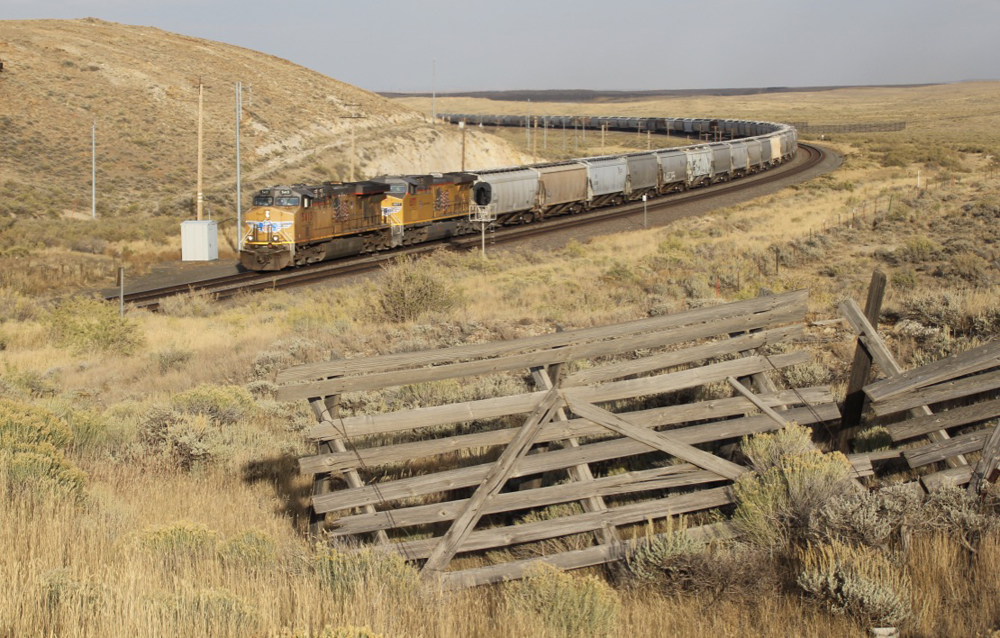
Another growth commodity is grain. “A lot of people think of grain as this mature market — and it is — but it’s still growing,” Rocker says, pointing to the 20-plus grain terminals built on the railroad in the past few years.
Eighteen biofuel facilities have popped up along UP’s lines, which has driven 30% growth in renewable fuel shipments since 2021. Biofuel production is expected to grow by another 30% over the next decade. The biofuel production process has a multiplier effect: For every tank car of soybean oil, UP hauls 3.5 to 4 carloads of other products such as glycerol and inbound moves of soybeans.
UP also expects continued growth in its Gulf Coast plastics and petrochemical traffic.
Meanwhile, UP’s sales team has been calling on receivers of carload shipments so that the railroad can see both sides of the supply chain. “If you’re just talking to the shipper or the person sending the freight…you don’t have any visibility,” Rocker says. “If you’re there in the plant, you can actually say, ‘All right, we have five rail cars coming in and 50 trucks. And you can start asking questions about it…like what would we have to do to get one or two more?”
Sometimes the answer can be as simple as increasing the number of days per week a plant is switched, he says.

“The company is really focused on growth,” Rocker says, adding that UP has become more nimble and makes decisions much more quickly under Vena. It only took a matter of weeks, he notes, for UP to open its Phoenix intermodal terminal once the project got the green light.
UP President Beth Whited, who has been with the railroad for 35 years, says the railroad has become much more agile. “I would say the sense of urgency to drive change feels amplified to me,” she says.
All in on tech
UP is advancing technology that is woven through its operations, sales, and safety efforts. “Technology is not going to fix all your problems,” Vena says, noting that UP still has to keep its eye on the ball: Sticking to the fundamentals of operating a railroad.
“But you need to never stop looking at what’s possible as far as technology,” Vena says. “The day you miss that is the day you’re going to be left behind.”
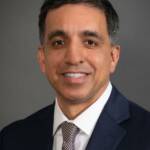
Chief Information Officer Rahul Jalali, a longtime tech executive that UP hired away from Walmart in November 2020, says UP’s new transportation management system, NetControl, is putting more information in the hands of operating officials. By the end of the year UP also will roll out a new customer system, Customer Vision, that will make all of the customer’s information – from car ordering and location to billing and estimated arrival times – in one place. The system also will provide automatic notifications when a car is running late.
“We’re generating rich, real time data and threading these systems [together] so that we can get to better reliability, better customer service,” Jalali says.
UP also is working on automating rate quotes for customers seeking to ship freight on the railroad, Jalali says.
“Automation is something that we think will be a competitive advantage,” Rocker says.
UP is tapping artificial intelligence to update its transportation plan as unpredictable events happen along the railroad’s 32,000-mile outdoor factory, says Eric Gehringer, executive vice president of operations. And that, in turn, can provide customers with more accurate ETAs.
Out on the railroad, new tech systems are speeding up processing of cars at humps and flat-switching yards. An automated tie train can distribute 33,000 new crossties along the right of way in five to seven hours – down from 10 days. And UP is experimenting with a system in the Houston area that alerts dispatchers if a stopped train is blocking a crossing.
Safety first

“Safety is literally the foundation of what we do. And it has to be,” Gehringer says. Derailments and employee injuries have a negative impact on service, financial results, employees, and company morale, he notes.
If UP continues on its current trajectory, injuries and derailments will be down more than 20% this year. “That’s a step function improvement that I haven’t seen us make in at least in the last 15 years,” he says.
The railroad continues to prioritize eliminating serious injuries, which range from bone fractures to fatalities. Of the 3,300 rules in the UP rulebook, 23 of them are critical rules that can prevent serious injuries.





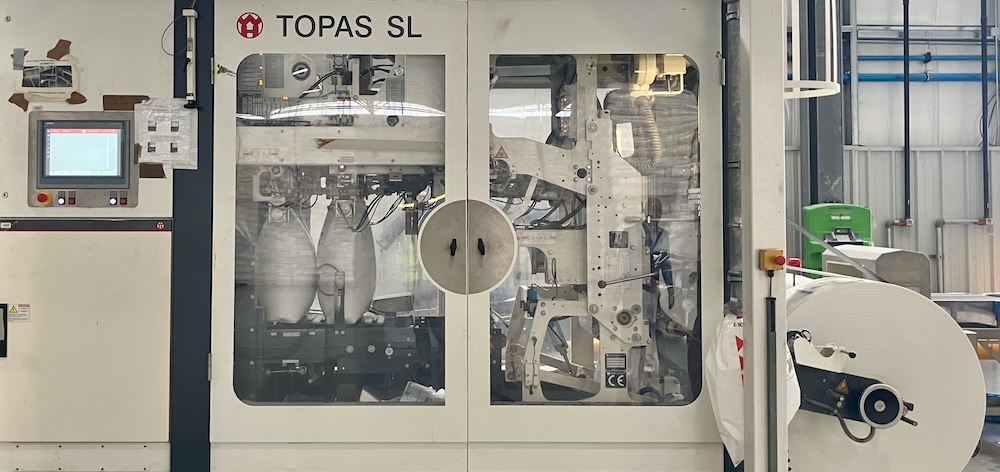


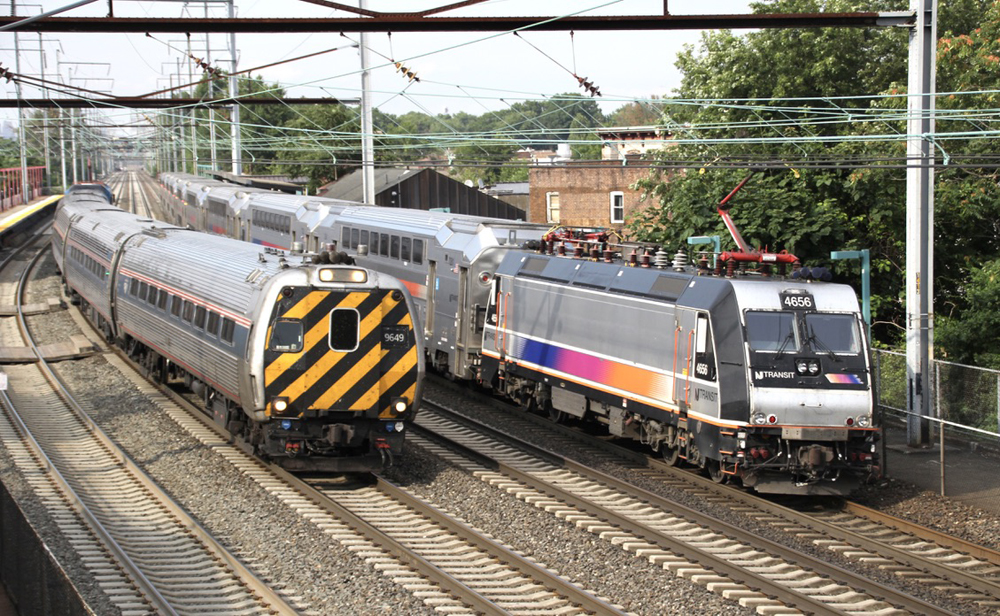

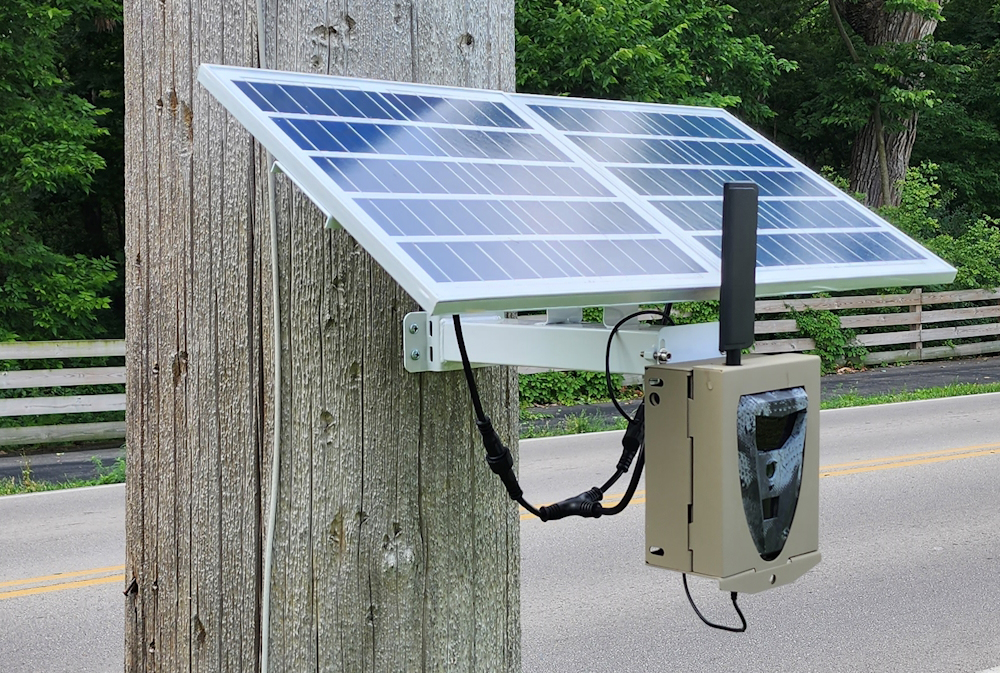




Typical rah, rah, remarks good for stock holders but action is what is needed to keep the real important people happy, the customers whose products you must move! Good luck UP.
While this all sounds good, and UP’s earnings call was about how positive things are going, UP is in serious carload meltdown in the Los Angeles Basin. The move from using West Colton for inbound sorting to using originating yards in Roseville, Yermo, Tucson and El Paso for inbound trains, coupled with the use of satellite yards at Mira Loma, Montclair, Mead (Long Beach) and Los Angeles 4th Street – all very small yards – has resulted in a lot of missed connections for locals and even for shortline connections such as Santa Maria Valley RR. The service has deteriorated and UP does not seem to be fixing this at all. This is not how you grow carload traffic!
their service still stinks. 5 days per week to one day per week, how is the growth. turning down 500 car loads a month, how is that growth.
Well, I would suggest you give Mr. Vena (or Mr.Rocker) a call or drop him an email with this information. (You can find their contact info at UP.com) I would think he would be all over 6000 extra carloads a year if that is a fact as you say…
If Safety is First, why is it mentioned Last?
Mr. Stephens, thank you for an excellent article. I personally would like to see more articles like this one that provide excellent information on traffic growth among the railroads and provide insight for we railfans who also love the industry and are cheering for it to take its rightful place as the preeminent mover of freight in America. So much opportunity, great to see UP having success. I do enjoy all your articles, they are very timely, insightful, and help us give us good knowledge and insight into a fascinating part of the transportation industry in North America. Go Railroads!!
I agree. Nothing is perfect but the need for continuous improvement is the mark that should be the main target. UP is making gains every month and will eventually be back where they want to be. I was skeptical of Vena because I thought he was just a PSR Operating Ratio hack at first. But I have seen him since as an an improver of operations across the network while utilizing what was meant to be good in PSR (keeping on schedule) with what is good in traditional train and resource management. He is such a 180 degree opposite of Lance Fritz that it is not hard to believe how Uncle Pete got into so much trouble in the Fritz era. Success was always there for the taking but personal success became more important than enterprise success. If you don’t determine to take care of the customer, they will not take care of you. We all need to learn from that.